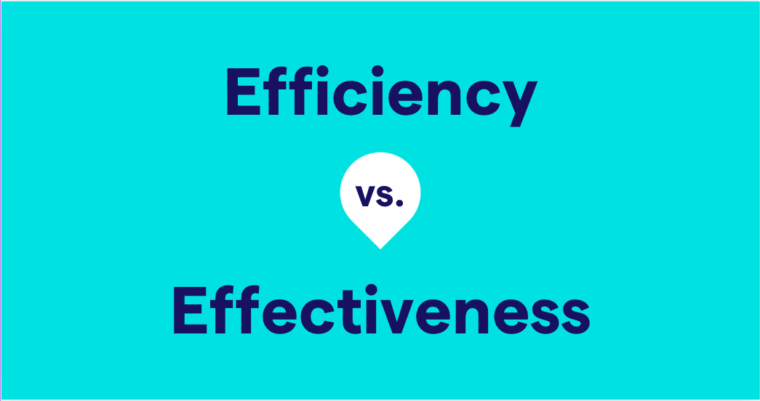
The words lay and lie are similar, but not the same. If you’ve ever been confused about which word to use and when to use it, you’re not alone. Here we’ll look at the differences between the two words, and how to use them correctly, with examples.
Lay vs. lie: What’s the difference?
The words lie and lay have similar meanings:
- lie means to be in or put yourself in a horizontal resting position
- lay means to put someone or something else in a horizontal resting position
What’s the difference between lay and lie? The word lay is a transitive verb, which means it uses a direct object. The word lie is an intransitive verb, which means it does not use a direct object.
You lie down, but you lay something down. Lie does not require a direct object. Lay requires a direct object. The same rules apply to laying and lying (never “lieing”—beware of spelling). The past tense of lay is laid, but be careful with the past tense of lie—there are two options. We’ll dive into them later.
When to use lay
To lay is to set (or otherwise place) something in a resting position. Here are a few examples of lay in a sentence:
How to use lie
A lie is an untruth. However, it’s the verb form of lie that people find difficult to distinguish from lay. The verb lie can mean to tell a falsehood. Here’s an example of that version of lie in a sentence:
If to tell an untruth were the only meaning of lie, using these two words properly would be less of a challenge. However, lie can also mean to recline or to rest in a flat position. Look at this example:
How to remember the difference between lay and lie
(pLAce) and (recLIne)
This mnemonic should help you remember that lay, which begins with the letters L-A, has a long a sound like the one in its definition: to place. On the other hand, lie, which starts with the letters L-I, has a long sound like the one in its definition: to recline.
How should I use lay and lie?
Knowing the definitions of lay and lie helps, but it doesn’t necessarily tell you exactly how to use them in a sentence. Remember, lay needs a direct object, while lie never has a direct object. Here are two of the examples again to show these properties of lay and lie.
In this example, my purse is the direct object of the transitive verb lay.
In this sentence, the intransitive verb lie stands alone; it has no direct object.
There’s still one more thing you need to know: So far, we’ve been using the verbs lay and lie in their infinitive/present tense forms. But when you are talking about reclining, the past tense of lie is lay, which definitely contributes to the confusion! Here’s an example:
Laying vs. lying
Beware of spelling! The present participle of lie is not lieing. The i becomes a y: lying. Here is a mnemonic to help you tell laying and lying apart: “If you tell an untruth, it is a lie, not a lay; and if you are in the process of telling an untruth you are lying, not laying.”
More conjugations of lay and lie
The past tense of lie (as in to tell an untruth) is lied. As we mentioned above, the past tense of lie (as in to recline) is lay. The past tense of lay is laid, which is another recipe for confusion! To remember that laid (as opposed to lain, the past participle of lie) is the past tense of lay, just remember: Use a d when there is a direct object. Because you need a direct object only with lay, you will know that the past tense is laid.
In this example, book is the direct object of laid, the past tense form of the transitive verb lay.
|
Present |
Past | Past participle |
|
lie |
lay |
lain |
| lay | laid |
laid |
Examples of lay and lie
Did the examples help you figure out the difference between lay and lie? If you have mastered this commonly confused pair, try your hand at loose vs. lose and entitled vs. titled.






